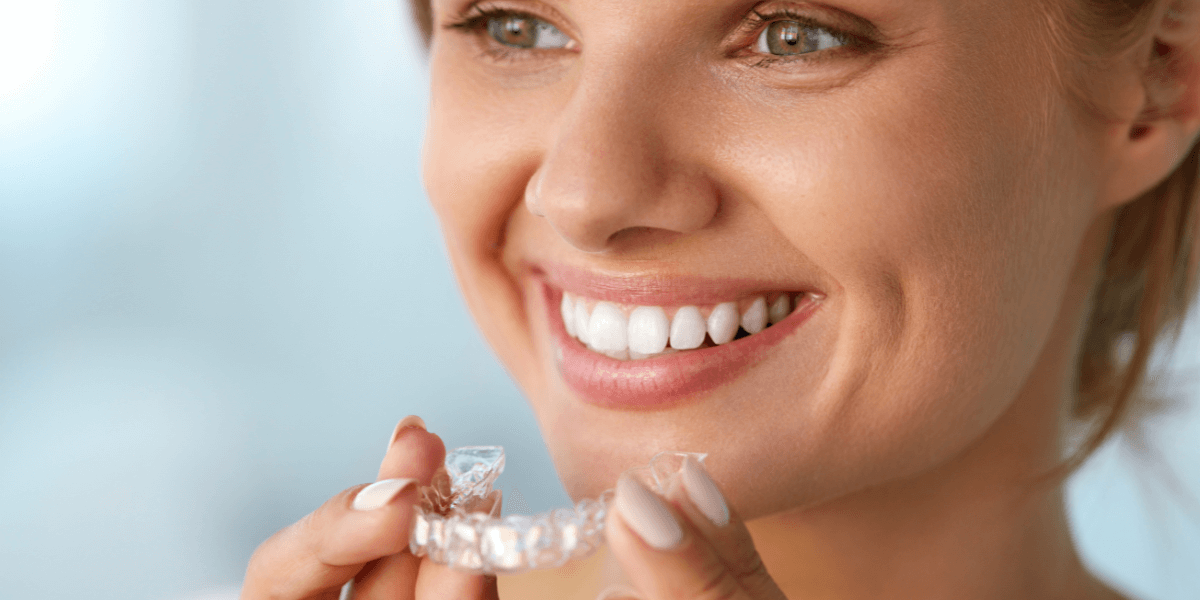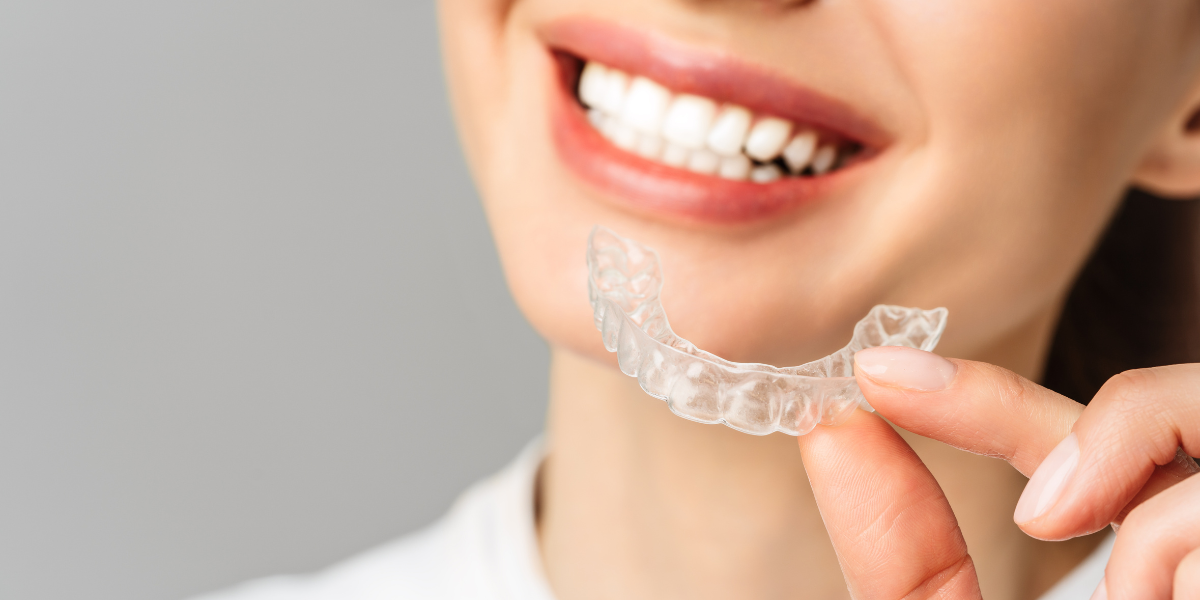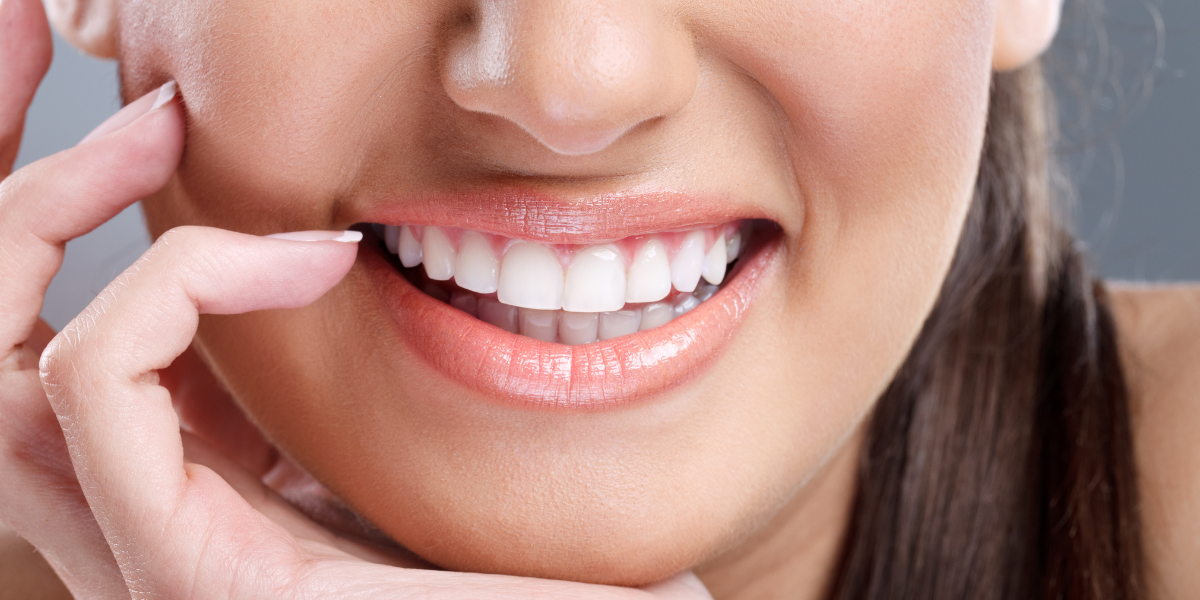
Cosmetic Teeth Whitening
Before choosing a cosmetic teeth whitening procedure consider the following: If you’re going in for a non-oral related surgery, do you know how it works? Do you know roughly what the surgeon will do, where he will cut or what she will remove? Regardless of the specifics, you’ll have some idea of how the process works. If a surgeon suggested surgery and didn’t tell you anything else, you’d feel you have a right to know.
Don’t change your standards when it comes to teeth whitening: you have a right to understand what exactly different products are doing inside your mouth. Tooth whitening isn’t really whitening your teeth, lasers aren’t really lasers, and not every product will live up to your expectations.
So let’s take a deeper look at how teeth whitening works:
Components of the tooth:
 If we’re going to understand teeth whitening, we must understand stains; and to understand stains, we must understand what the tooth is made of.
If we’re going to understand teeth whitening, we must understand stains; and to understand stains, we must understand what the tooth is made of.
There are two layers outside the soft inner tooth pulp: dentin on the inside, and enamel on the outside. When we consume foods and liquids, we’re covering our teeth with grime and plaque, which can be scraped away sometimes by brushing or a visit to the dentist. But sometimes, especially when compounded with bad habits, the grime will seep through our enamel and stain the insides of our teeth.
How Does Cosmetic Teeth Whitening Work?
To remove stains we need to dive into the tooth itself and remove intrinsic stains, rather than only “bleaching” the outside (extrinsic). This involves a mixture of either carbamide peroxide or hydrogen peroxide, which emits whitening agents deep into the pores of our enamel that causes oxidation to destroy the discolored spots.
It doesn’t matter whether you use carbamide or hydrogen peroxide, nor does the percentage of the compound itself matter much, that will affect the speed of your doses, which should depend on how sensitive your teeth are, but it won’t affect the actual result of your whitened teeth. People with more sensitive teeth, for example, should opt for smaller percentages of peroxide over a longer span of time.
The only thing that can determine your result is the cause of the tooth stains. Nicotine/Tobacco stains can take up to three months to whiten, because they’re more deeply embedded than simple food stains.
What’s the Best Option for Cosmetic Teeth Whitening?
Some dentists who specialize in cosmetic teeth whitening may falsely promise quicker results than at-home remedies. Don’t buy into that. Most visits take between three and five visits over a span of several weeks to achieve the desired level of whiteness, and even then, the result won’t last, teeth whitening is an ongoing process that should be redone every six months or so (Haywood, 1999).
Your other option would be to find an over-the-counter product. The best-reviewed product is a custom-fitted mouth tray. Dental academics have long touted it as “the safest and most cost-effective,” because trays “provide the least risk for the greatest benefit” (Haywood, 2003).
Trays are also the most adaptive to patients’ needs, because you can leave them on for however long as you need and use different whitening gels according to your own teeth’s sensitivity.
Using other over-the-counter products, like teeth whitening strips, can work for some mouths, but not all. A packet of a few dozen strips costs anywhere from $10 to $35, the cheapest option on the list, but if you have crooked teeth, your results won’t look right; if you have nicotine stains, the strips can’t fight them. Another hazard is that many strips don’t list the precise concentrations of whitening gels, so patients can’t adjust the dosages around their own sensitivity if their gums begin to hurt.
A lot of people, younger people, mostly, also fall into the trap of believing that applying whitening strips more often will create whiter teeth. It doesn’t. It just makes your teeth hurt and can erode your enamel, causing permanent damage (Mapes, 2007).
Being Safe With Cosmetic Teeth Whitening
The most important factor you should consider when decided whether or not cosmetic teeth whitening is for you is to consider which method is the safest. Every mouth, down to every individual tooth, is different; some are more sensitive than others.
Standard cosmetic whitening procedures do tend to incite some patient sensitivity, but it’s always temporary, unless the product is mishandled. Never be overzealous, and never expect more from a product than what you believe is actually, practically, attainable. Here is a helpful article that explains the most common causes of tooth sensitivity.








